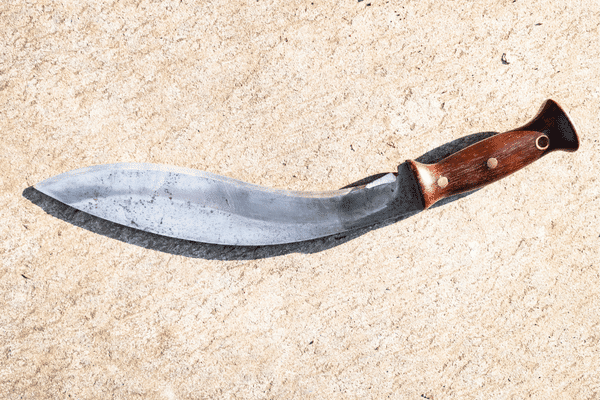The Evolution of Power: Unveiling the Modern-Day Sword.
In an era shaped by advanced technology and cutting-edge innovations, the term "sword" may conjure images of ancient battlefields and knights in armor. However, the concept of swords has evolved in modern times, adapting to new materials, designs, and purposes. Join us on a journey to explore what defines a modern-day sword, how it differs from its historical counterparts, and the diverse roles it plays in contemporary society.
Defining the Modern-Day Sword: Beyond Tradition
Traditionally, a sword has been a bladed weapon characterized by a long blade attached to a hilt, designed for cutting or thrusting. In the modern context, while the fundamental concept remains, the definition has expanded to encompass a wide array of bladed tools and weapons designed for various purposes beyond warfare.
Materials and Construction: From Steel to Space-Age Alloys
Historically, swords were crafted from steel, a material revered for its strength and durability. In the modern era, traditional steel is still utilized, but advancements have introduced space-age alloys, carbon fiber, and even ceramics into the equation. These materials offer enhanced strength, reduced weight, and corrosion resistance, reflecting the technological strides made in metallurgy.
Functional Versatility: Beyond the Battlefield
Modern-day swords have evolved beyond their historical roles on the battlefield. Today, they serve diverse functions, from ceremonial pieces to practical tools. Tactical and survival knives, machetes, and even specialized rescue tools can all fall under the category of modern swords, each adapted to specific roles in various fields.
Collector's Pieces: Artistry and Craftsmanship
For enthusiasts and collectors, modern-day swords are often intricate works of art. Crafted with precision and attention to detail, these swords blend traditional craftsmanship with contemporary aesthetics. Custom blades, fantasy-inspired designs, and replicas of historical swords all contribute to a vibrant collector's market.
Sporting Swords: Precision in Competition
In the realm of sports and martial arts, modern swords take the form of specialized weapons used in competitions. Fencing, for instance, utilizes foil, épée, and Sabre sword, each designed with safety and precision in mind. These sporting swords emphasize agility, speed, and scoring accuracy rather than the lethal force seen in historical battles.
Functional Tools: Beyond Aesthetics
In various professions, modern-day swords have found practical applications. Tactical knives, machetes, and utility swords serve as essential tools for military personnel, outdoor enthusiasts, and first responders. The design considerations prioritize functionality, incorporating features like serrated edges, sawback designs, and ergonomic handles.
Technological Integration: Smart Swords and Beyond
As technology continues to advance, modern-day swords have embraced innovation. Smart swords equipped with sensors, LEDs, or even embedded electronics add a futuristic touch. These technological integrations can serve practical purposes, such as illuminating dark environments or providing real-time data during training exercises.
Legal and Ethical Considerations: Navigating the Regulatory Landscape
While modern-day swords offer a plethora of functionalities, legal and ethical considerations come into play. Many jurisdictions regulate the possession and use of bladed tools, necessitating an understanding of local laws. Ethical considerations, particularly in the context of self-defense, also play a role in how these modern tools are perceived and utilized.
Conclusion:
The modern-day sword is a testament to the adaptability of a timeless concept. Evolving beyond its historical roots, the contemporary sword encompasses a diverse range of materials, designs, and functionalities. From the sporting arena to the collector's showcase, and from tactical applications to technological innovations, the modern sword reflects the intersection of tradition and progress. As society continues to evolve, so too will the role and form of these blades, ensuring that the legacy of the sword endures in the hands of a new generation.





Comments
Post a Comment